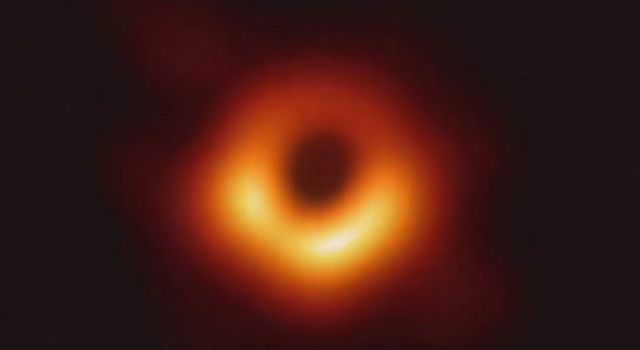Shoulders of Giants
This picture was taken at the Royal Society while I was paging through the manuscript of Newton’s Principia. The caption, “Shoulders of Giants” refers to Isaac Newton’s quote, “If I have seen further, it is by standing on the shoulders of giants.” Seeing some of the amazing books in the Royal Society’s archives was one of the highlights of the trip. Newton’s work changed the world, and many of our modern technologies were made possible by standing on the shoulders of giants such as Newton. This moment not only fit really well with the theme of the class, but it was also a meaningful personal moment for me.
How’d People Survive???
This was the question on my mind the entire time we were at the Old Operating Theater. I’ve always been kind of morbidly interested in the gruesome history of medicine, always glad that I live in the days of antiseptic. Learning about medical history always makes me wonder what kinds of procedures we do today that will someday seem outdated and crazy. For example, today we would never crowd hundreds of people into an operating room to observe a surgery the way that they did in this operating theater. The entire operating theater presentation just made me want to wash my hands!
Come From Away
I learned a lot about musicals while I was in London, thanks to Emma! While we were walking around Soho one night, she pointed out a Come From Away poster and we talked about the plot – a bunch of people stranded in Canada after their flights to the U.S. were redirected after the 9/11 attacks, and a story about their humanity. Our situation with the COVID-19 pandemic was nowhere near as severe as being stranded on foreign soil, but it did significantly shape our experience abroad. The U.S. response to the pandemic was changing daily, and due to our canceled France trip, there was a period where we didn’t know exactly when we’d be coming home. Without all the changes, we wouldn’t have gotten to see Stonehenge, or the Salisbury Cathedral. Our experiences over the next several months will probably not be what we had planned for – there will be canceled trips, online classes, heightened anxiety – but there will no doubt be some unexpected positives, like seeing Stonehenge (and getting photographic evidence of our inability to practice social distancing). Maybe I’ll spend some of my time in quarantine reading the true stories that Come From Away is based on.



